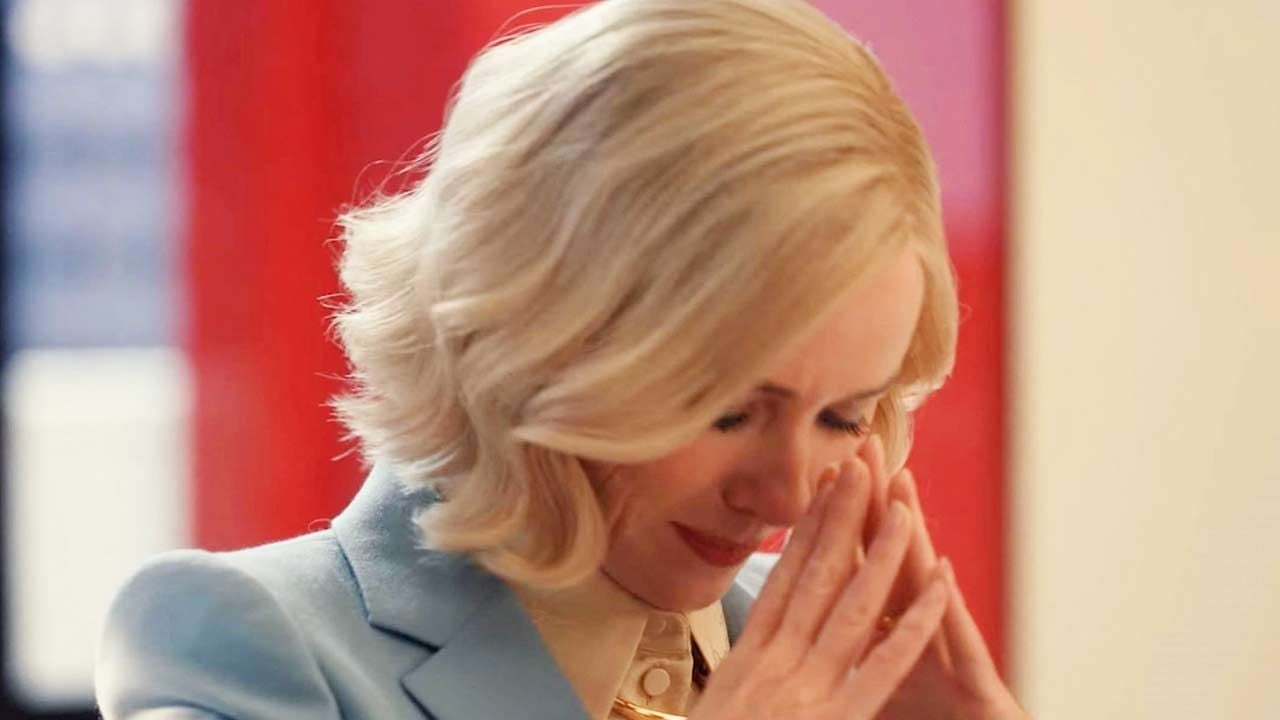Research suggests that activity may provide greater mood and health benefits than other types of aerobic exercise
The Washington Post – I don’t know if I could have gone the last two years without dancing, dancing with a lot of will and energy. All have faced pandemic challenges. Among mine were: spending two weeks in hotel quarantine to join my sick father Australia, living with him for the first time as an adult and, after returning to the US, contracting covid-19, with months of recovery. Throughout this process, I was wearing headphones and dancing.
It wasn’t a pretty thing to see: I often started slowly, calmly, then went crazy, pounding my fists angrily, until my back hurt. I also kept spinning until I was dizzy, tossing and turning, shaking all over, crying and stamping my feet.
Even though I was sure it was all a bit weird, I had to express my feelings and it worked. Dancing made me feel uplifted, relaxed, and even content in a way that swimming or running couldn’t. These activities have only exhausted my body, but dancing has purified my heart and calmed my mind as well.
It’s not just me: A small but growing body of research suggests that dance may provide major benefits for the humor compared to other types of aerobic exercise.
Although 30 minutes of heart pumping activity per day are a well-known way to tone muscles, strengthen an aging brain and improve mood, studies suggest that dance, of almost all kinds, can help reduce chronic pain and anxiety (more than general aerobic exercise). A study has revealed that dancing reduces depression in college students. And while research into dance therapy and dementia is still limited, several studies point out that it can improve or stabilize the quality of life in people with Alzheimers and have a positive effect on the “cognitive, physical, emotional and social performance” of people with dementia.
But why does dance work beyond the benefits of any good aerobic exercise? Dance therapy experts say it can provide a space to express aspects of our personality that may be buried or discouraged for personal or cultural reasons (like anger, for women).
“We store every experience we’ve ever had in our bodies, so moving can release something we’ve hidden in a muscle,” says Angela Grayson, clinical psychologist and president of the American Dance Therapy Association. “The muscle has memory, and when we move, we can release that memory.”
Dance and Movement Therapy (DMT) is based on the idea that dance can be part of the therapeutic process as a form of non-verbal communication. It combines some of the well known positive effects that exercise has on mental health with something deeper, which can be helpful when talk therapy isn’t working. Dance is about connection and expression, recalls Jacelyn Biondo, a researcher in the Department of Creative Arts Therapies at Drexel University.
“If five people are riding bikes, it’s going to look pretty much the same. But if five different people are dancing, there’s going to be a lot of variation because they’re expressing themselves,” she says.
MENTAL HEALTH
Biondo, who is also a dancer and movement therapist, guarantees that he has seen dance therapy help people with difficulties depression And anxiety🇧🇷 But his experience comes from working with patients with acute symptoms of schizophrenia in psychiatric hospitals. In this context, he notes that dance can be a good therapeutic tool.
In a 2021 study, Biondo and colleagues found that schizophrenics who received dance therapy had decreased symptoms (including auditory hallucinations, paranoia, and delusional thinking), compared with a control group of patients who received dance therapy alone. talk therapy. These people also showed an improvement in emotional expression and a reduction in psychological distress.
Grayson believes dance therapy can work for many mental health conditions. He recommends dance and movement therapy for people who have had traumatic births and children who have trouble expressing feelings. Therapy can also benefit people in nursing homes, prisons and addiction treatment centers.
“Working with an experienced dance and movement therapist, you get support in processing what is expressed in dance and in establishing treatment.”
Like me, many people have discovered the effects of dance on well-being outside of a therapeutic setting. I prefer to dance alone, for the simple purpose of expressing my feelings, but social options have popped up all over the country.
Ecstatic Dance organizes group dances in cities around the world, with indoor and outdoor events. It is a specifically non-verbal practice, so dancers express themselves with touch, movement and breathing. At Venice Beach, Los Angelesbarefoot dancers put on headphones to listen to music played by DJs at a weekly event.
5Rhythms guides practitioners through five phases of movement. The practice can be a way to deal with pain, anger and stress. Lucia Horan teaches online and in-person 5Rhythms classes at the Esalen Institute in Big Sur, California and prepares teachers. Though she has taught for more than two decades, Horan has found that her dancing has helped her cope with and heal from her own set of pandemic stressors: escapes from devastating California wildfires and two miscarriages.
THE CURE. She has also done talk therapy, meditation, and trauma work, but believes “the beauty of dance is that it addresses all quadrants of healing: the physical, the emotional, the mental, and the spiritual.” Horan says this is one of the reasons dance works for so many people, but also because it forces people to focus on the present moment, which can bring relief from worries, sadness and emotional pain.
“A lot of suffering happens when we think about the past or the future, going over things in our heads,” says Horan. “But dance is a presence-based practice, so our attention is drawn to the present moment.”
Experts say that if you don’t want to join a therapy program and try dancing at home, you don’t need any special equipment and you can wear whatever you want. Open up a space big enough for expansive movement, put on some music you love, and start moving. There are no rules about what to listen to or how to dance.
And anyone can participate: according to Horan, bedridden people undergoing cancer treatment have already appeared in his online lessons, and all the experts point out that people in wheelchairs, people unable to walk, blind or sick can also participate – because the dance is for everyone, even if it’s just to move your hands or arms.
“Stay in the present moment and start moving,” Horan teaches. “Dance until the body disappears and there is only dance.” Then sit for a while and keep your body still. Movement externalises and releases stress. Meditation makes room for integration.
The pandemic has been an emotionally difficult time and many of us are still grieving. Horan concludes that dance is a way to “listen to the truth of the body and let ourselves be explored in all its opposites: it gives us freedom, it gives us permission, it gives us a path”. / TRANSLATION BY RENATO PRELORENTZOU
🇧🇷The best content in your email for free. Choose your favorite Terra newsletter. Click here!
Source: Terra
Ben Stock is a lifestyle journalist and author at Gossipify. He writes about topics such as health, wellness, travel, food and home decor. He provides practical advice and inspiration to improve well-being, keeps readers up to date with latest lifestyle news and trends, known for his engaging writing style, in-depth analysis and unique perspectives.








